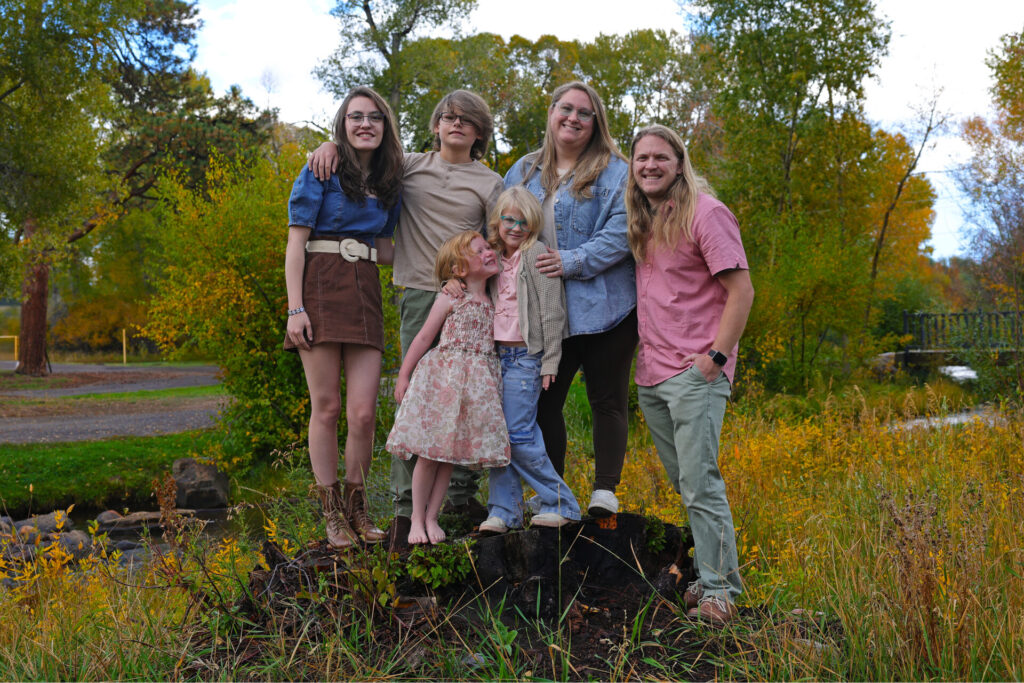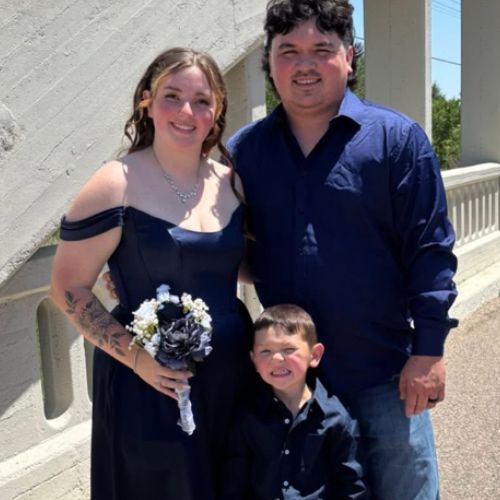Icebreaker meetings and their benefits

An icebreaker meeting is a facilitated conversation between birth parents and foster/kinship parents centered on the needs of the children and youth in care. Ideally, an icebreaker meeting should be held three to ten days after a child or youth is placed with a new family to discuss their needs, routines, likes and dislikes, and set them up for success.
“It can help get the child home sooner. We also think that if there is better communication between the foster parent and the biological parent, that permissions come easier. Haircuts and traveling and things like that. The foster parent is going to have more information because the bio parent is more likely to allow them into meetings,” said Sarah St. Martin, the Foster Care Supervisor at Mesa County Human Services.
Sarah says that icebreaker meetings can be a powerful way to remove anxiety and biases for both biological and foster families. Icebreaker meetings can help children and youth in foster care feel more supported and have a more positive experience, which can decrease acting out behaviors.
“It’s all about the kids and gives the bio parents an opportunity to share important information about the child. These are our routines and their favorite foods. Does the child have any allergies? How should communication and updates happen? Anything that gets to the family’s culture and things that are important to them. What are parents comfortable with? What are they not comfortable with? I haven’t seen any go badly. I’ve seen a lot of really good icebreakers happen’” said Sarah.
For older children and youth, icebreaker meetings give participants an opportunity to discuss their academic strengths and needs, extra-curricular activities they enjoy, their important relationships such as their friends at school and the family’s religious, and cultural and family traditions. With infants, foster parents might ask about bedtime routines, favorite stories or songs, or a blanket the infant can sleep with.
“I have seen foster parents ask for a picture of the bio parents they can put in the kiddo’s room,” said Sarah. “I’ve seen foster parents buy a book where you can record your voice and give it to bio parents to have them record them reading a story, and then the kiddo gets that story read to them by mom and dad every night even though they’re not living with mom and dad.”
Foster parents can also provide information to the biological family to help them feel more at ease by letting them know how the child or youth is doing in their home. Sarah recommends that the foster family share information about their family such as their routines, rules, family pets and why they chose to become foster parents. Icebreaker meetings also give the foster parents an opportunity to request permission for things like upcoming haircuts or trips.
Most of the time children and youth are not present at icebreaker meetings, but being present for the beginning of the meeting and seeing their parents and their foster parents together can be a positive experience and help them not have feelings of split loyalty. If the child/children are present at the meeting they can share information about their likes, dislikes, hobbies and interests at the beginning of the meeting.
Although foster parents and biological parents have had successful icebreaker meetings on their own, Sarah recommends that a neutral facilitator stay involved to guide the meeting and keep the conversation focused on the child or youth. Sarah says being clear about the intention and expectations for the meeting before it occurs is the key to positive and productive icebreaker meetings.
Annie E Casey Foundation also has helpful resources for organizations who wish to start doing icebreaker meetings. Sarah also recommends the following rules for keeping icebreaker meetings safe and productive.
No talking about the case. The purpose of the icebreaker is to talk about the child’s needs.
- Keep foster parents’ information private
- Keep birth parents’ information private
- The meeting should be 30-45 minutes long
- If safety issues arise, or if participants are not communicating in an effective way, the meeting should be concluded early
More Posts







